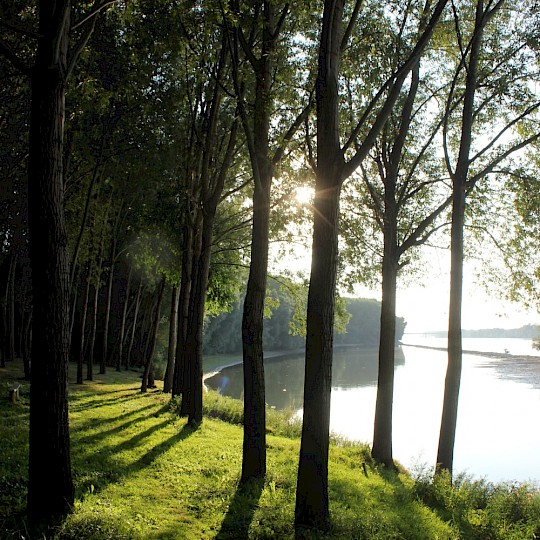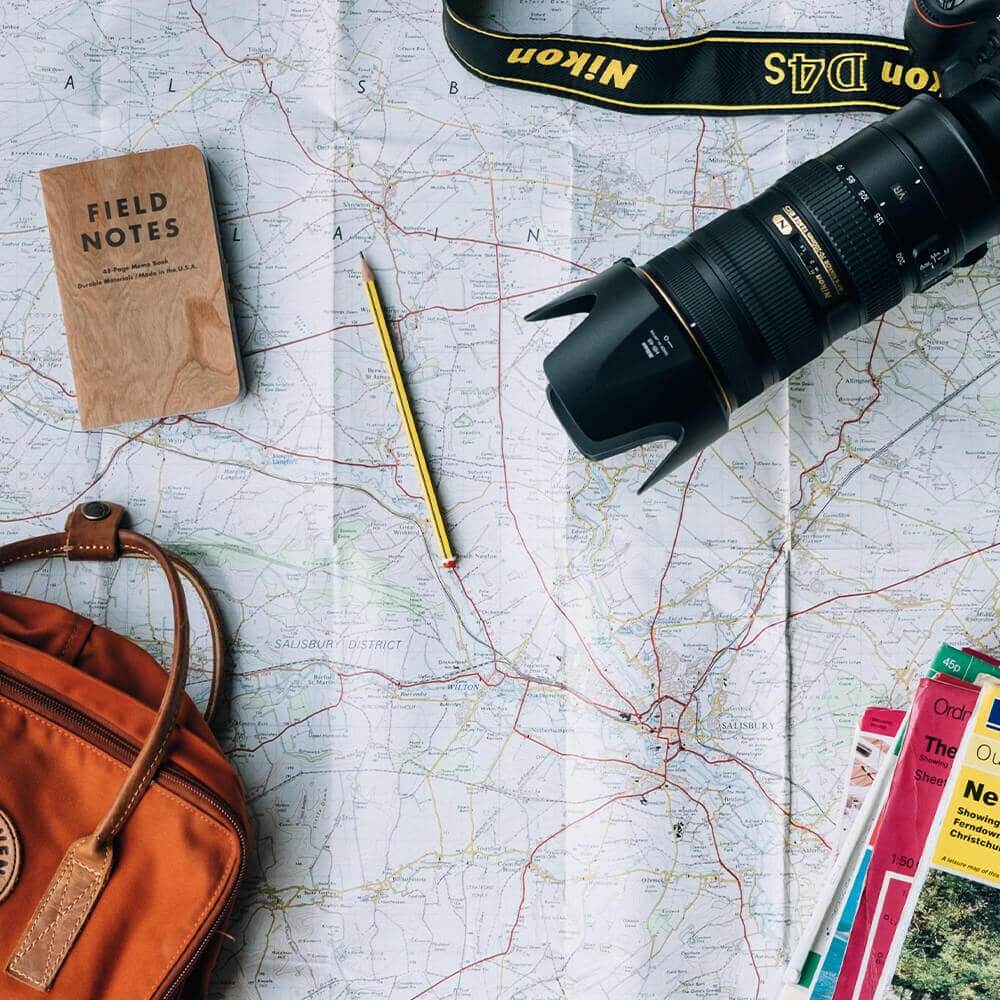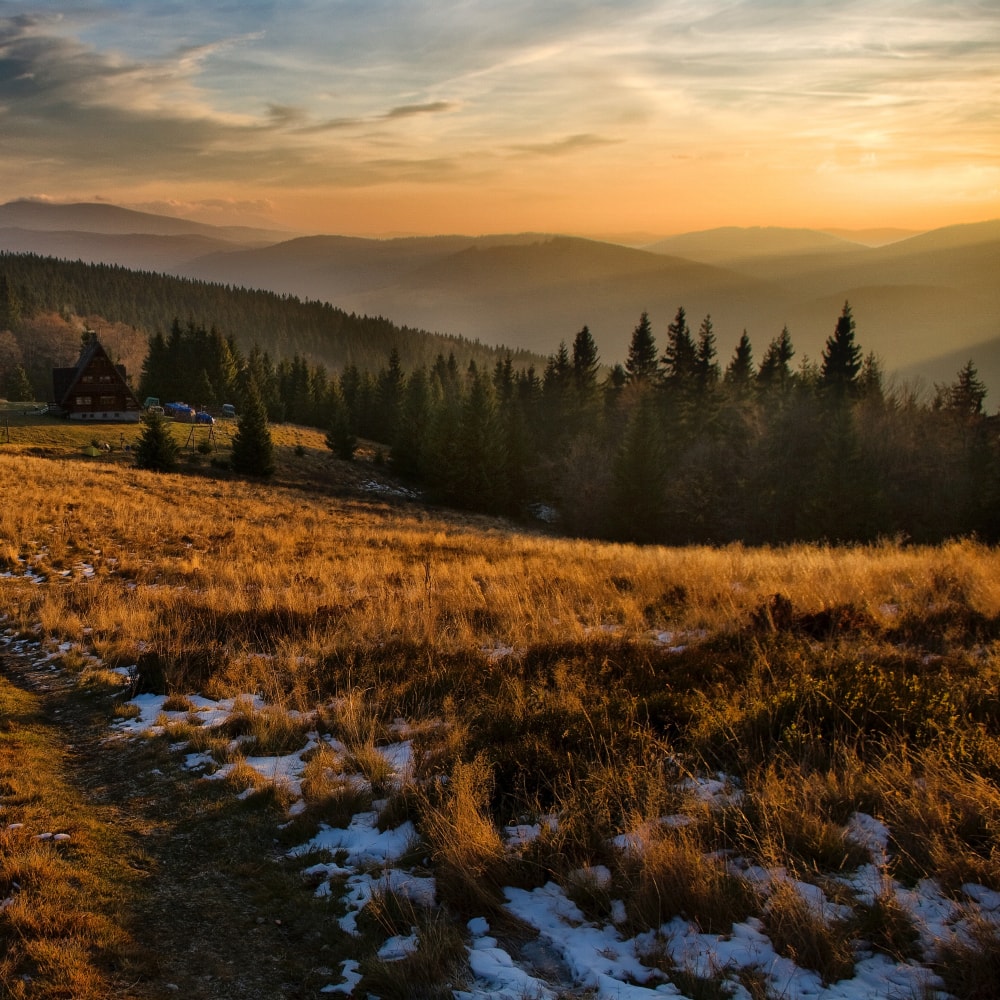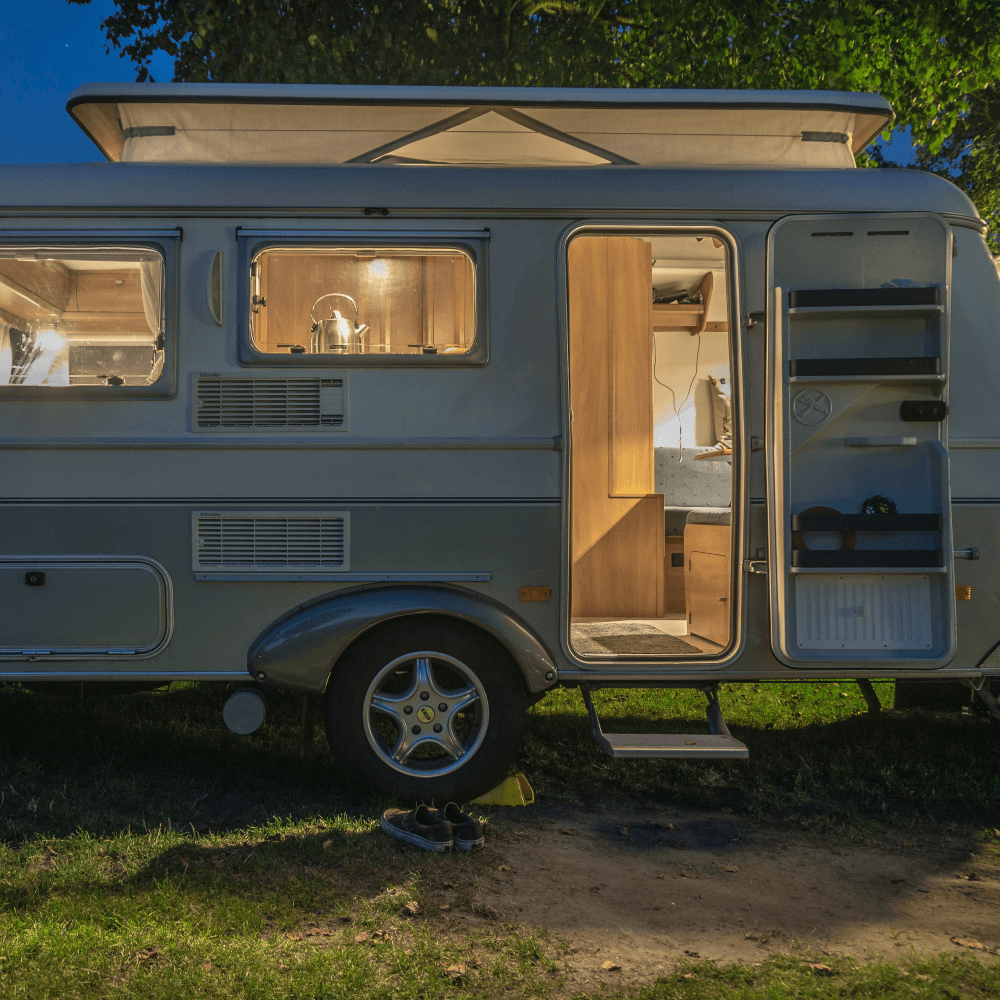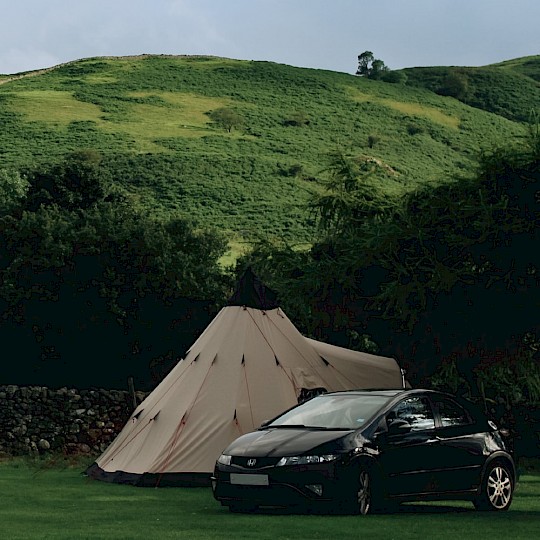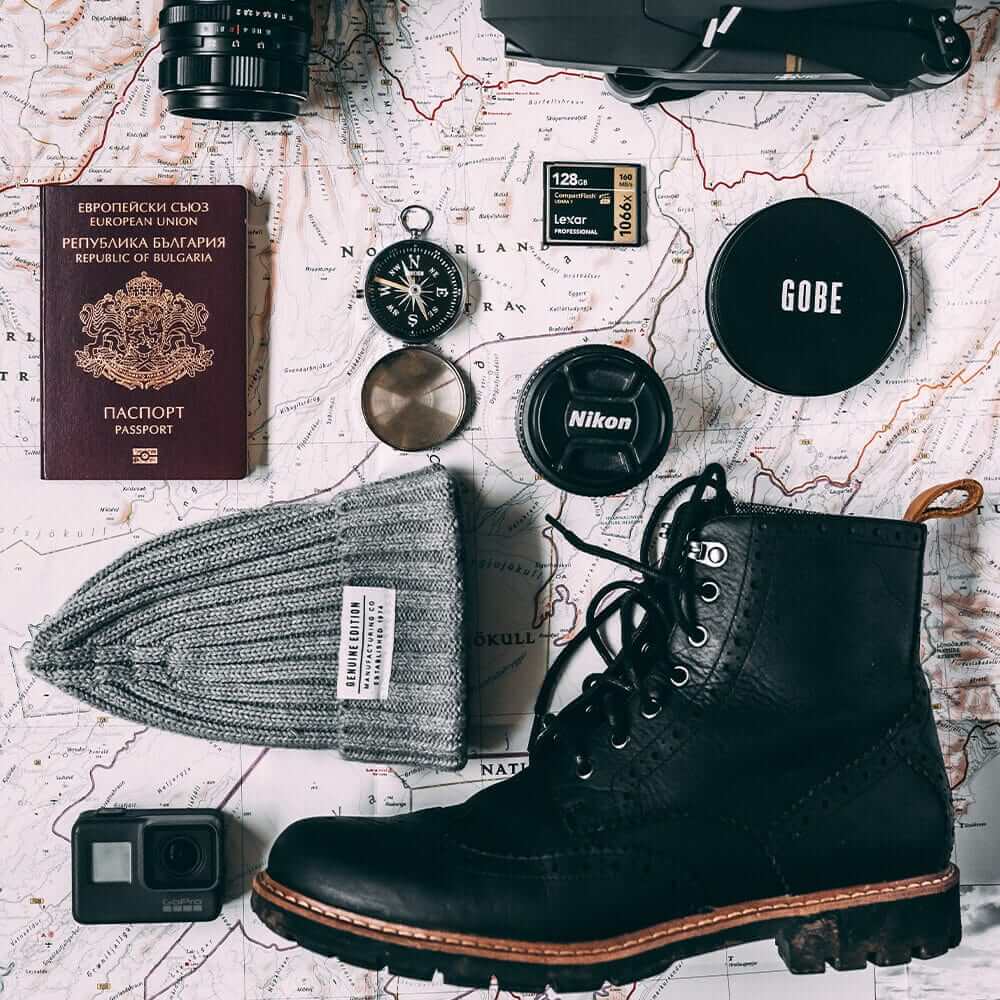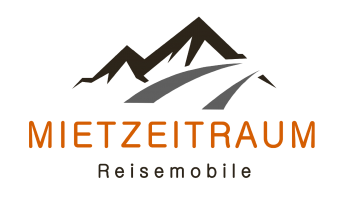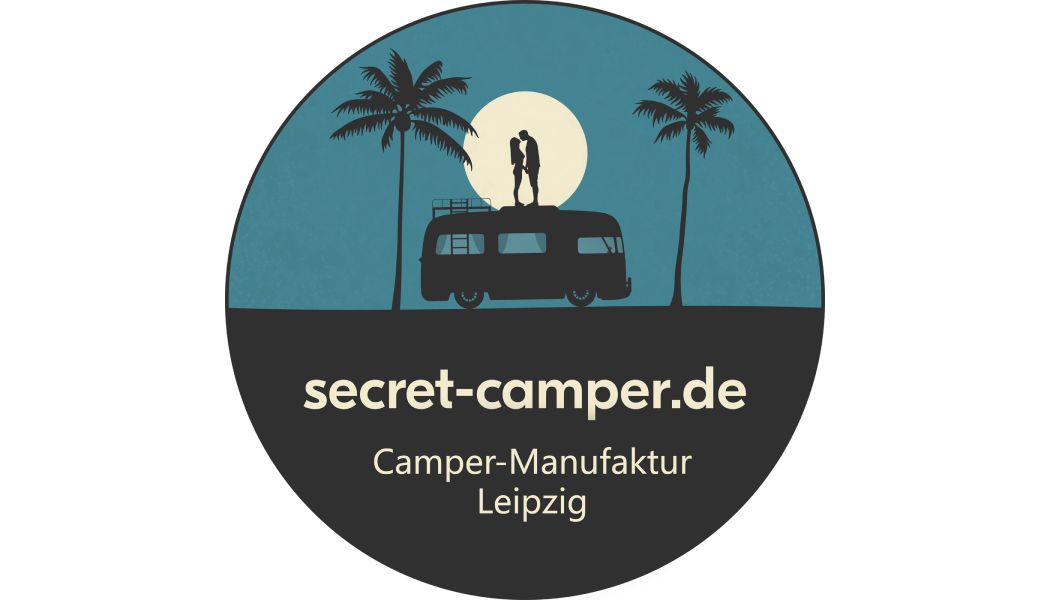Fact #1 - Tara Gorge
The Tara Gorge is the longest and deepest canyon in Europe and one of the largest in the world. It is about 78 km long and partly more than 1,300 m deep.
Fact #2 - Naming
Montenegro comes from the Venezuelan Italian and means translated "Black Mountain." The name goes back to the dark mountains and forests of the country.
Fact #3 - The Euro
Montenegro uses the euro as its currency. However, as they are not (yet) members of the EU, they are not allowed to mint coins with their design.
Fact #4 - Montenegrin commandments
The inhabitants of Montenegro have their own "Ten Commandments." Would you like an example? "Rest during the day so you can sleep better at night." Or also: "Love your bed as yourself".
Fact #5 - Pink Panthers
The Pink Panthers is a group of jewel robbers with over 200 members. Although there is no clear evidence, it is assumed that half of the members come from Montenegro.
Fact #6 - Olive tree
The Stara Maslina is with over 2.000 years the oldest olive tree of the world. It stands in the harbor town of Bar in the south of Montenegro.
Fact #7 - False Prince
His full title is "His Imperial and Royal Highness Stefan Cernetic, Hereditary Prince of Montenegro, Serbia, and Albania". The special? He is a swindler from Italy. Montenegro is not a monarchy.
Fact #8 - Beaches
Montenegro has 117 beaches, including Velika Plaža. With a length of 12.5 km, it is one of the longest sandy beaches in Europe.
Fact #9 - Mobile phones
Montenegro has slightly more than 610,000 inhabitants. With an average of 1.6 mobile phones per inhabitant, they are among the countries with the most phones.
Fact #10 - Crkvice
Crkvice is a small village in the west of Montenegro and is known as the place with the highest rainfall in Europe. The average values are around 4,900 mm per year.






